All over the world it is believed that there are human beings cursed with the horrifying affliction of changing under the full moon into wolf-men and destroying those they love the most. Bound by ancient maledictions, captives of man’s primal side, and bearers of insatiable bloodlust and brute strength, werewolves are nevertheless perhaps the most tragic of all horror’s great pantheon of monsters. Condemned (usually through no fault of their own) to metamorphose during the phases of the moon into bestial killers, werewolves exemplify the classic dichotomy of Good versus Evil which lies at the heart of most great modern horror fiction. It is unsurprising therefore that the werewolf, like its stablemates the vampire, the mummy and the zombie has been successfully adapted into numerous works of literature both short and long.
The wolf has always been a creature of legend and romance, while kings, sages and outlaws have been proud to be called by the name of the wolf. It is no wonder, then, that tales of transformation between man and wolf are so powerful and persistent. The idea of shapeshifting, changing from human to beast form, is as old as storytelling itself and is depicted in the earliest prehistoric cave paintings. Of all animals, the wolf was one of the most invoked, celebrated and reviled, usually as a symbol of evil and sin. In the Dark Ages, January, the leanest and harshest time of year, was known as ‘wolf-month’. Even after the wolf died out in Britain in the early 18th century, folk memories of the wily, sinister predator who hunted by the light of the moon were slow to die, as is demonstrated by its constant presence in frightening fairy tales like Little Red Riding Hood and Beauty and the Beast. Wolves later became part of the macabre landscape of the Gothic novel in the early nineteenth century and are alluded to throughout masterpieces of the genre such as Sir Walter Scott’s The Bride of Lammermuir.
It is unfortunate, however, that in some ways the werewolf idea has been diminished by the absence on the whole of an instantly recognisable book, like Dracula for the figure of the vampire. G W M Reynolds was the first to attempt to tackle the theme of the werewolf in his massive and complex Wagner the Werewolf (1846), in which a Faustian pact causes the protagonist to change each month to wolf form. The nearest British example of a single classic werewolf text would be The Undying Monster (1922) by Jessie Douglas Kerruish, which in the opinion of one critic “takes a credible place by the side of Dracula“. Set in Sussex, the novel involves time travel, a family curse and a mysterious inscribed stone. Somewhat overlooked now, Kerruish was well-versed in archaeology, mythology and the occult and uses all three to great effect here. The comparable American classic would be Guy Endore’s The Werewolf of Paris (1933), a bold, brutal yarn of madness, murder and cannibalism in 19th century France.
But it is to cinema that we must look for the single most definitive treatment of the werewolf legend. With an excellent cast of Lon Chaney Jr, Claude Rains and Bela Lugosi, The Wolf Man (1941) made good use of all the traditional elements of the werewolf theme. There is an old family estate, a gypsy’s warning, a mist-shrouded battle against the werewolf, psychological uncertainty, suppressed sexuality and much more besides. It also provides the classic, chilling poem which has been used in every version of the film made since then: “Even a man who is pure in heart and says his prayers by night may become a wolf when the wolfbane blooms and the moon is full and bright”.
I’ll leave you with one of the most famous of all werewolf short stories, Rudyard Kipling’s The Mark of the Beast (click to read!). Be warned, however, that this is one of the more graphically horrific of the famous author’s tales and moved the renowned editor Andrew Lang to comment: “…this [is] poisonous stuff which has left an extremely disagreeable impression on my mind”. Needless to say, he still published it!

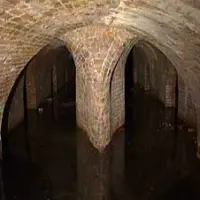
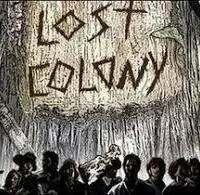
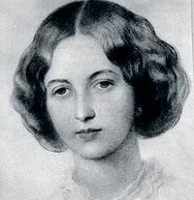
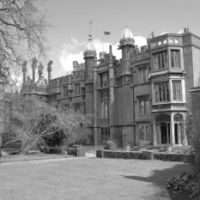
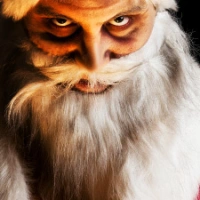
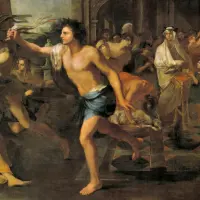
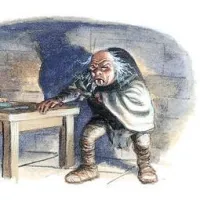

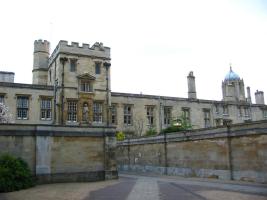
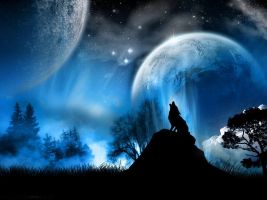

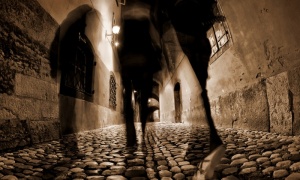


I’m sure you’ve probably heard of the Beast of Bray Road. I’ve been doing some research on that lately and I’ve seen some startling photos. Not sure if they’re real or not but it certainly gives me something to think about.
Sounds interesting, look forward to reading a post about it on your blog some day!